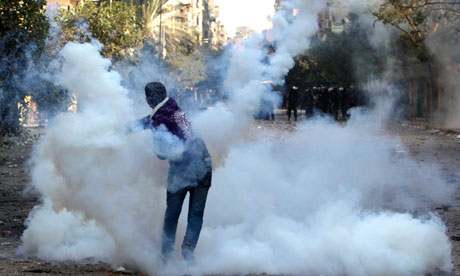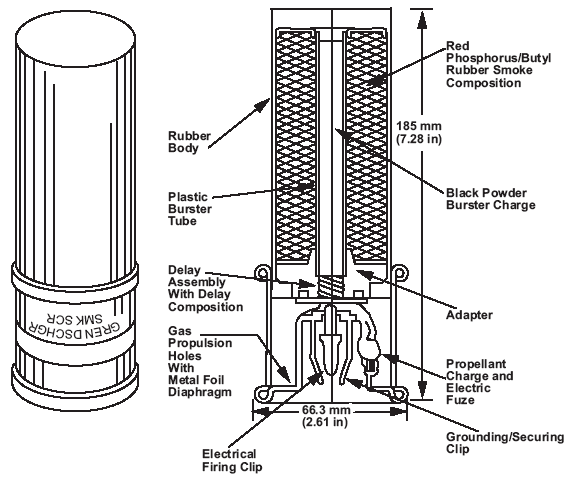 There is debate in the export control community about
whether current supplies of tear gas being misused in Egypt and elsewhere will or will
not be included in the proposed international Arms Trade Treaty (ATT).
There is debate in the export control community about
whether current supplies of tear gas being misused in Egypt and elsewhere will or will
not be included in the proposed international Arms Trade Treaty (ATT).You can read the Amnesty International investigations into recent US shipments of Tear Gas to Egypt here:
USA repeatedly shipped arms to Egyptian security forces despite abuses
..and for good measure, a recent story about UK tear gas being used in Tahir square, almost certainly licensed for export well over a decade ago.
The Independent: British made tear gas used on Egypts Protesters
 |
| CS Gas Grenade used in Tahir Square, Egypt November 2011 made by Combined Systems, Inc. based in Jamestown in the USA, |
The issue, in my view is not as simple as expressed very publicly here. The view is that Tear Gas has no prospect of being included in the proposed Arms Trade Treaty.
http://blog.heritage.org/2011/12/16/hypocrisy-alerts-on-the-u-n-s-arms-trade-treaty/
The same view is also articulated privately by some close to the discussions on the proposed scope of the ATT. I beg to differ. A valid argument can be made that crowd control ammunition, by virtue of its status as a munition, already falls within what is currently envisaged as the scope for the treaty.
 |
| Tear Gas used against Greece protesters, February 2011 |
Now, whilst I accept that currently riot control and other chemical, biological and toxic agents (i.e the actual chemicals themselves) are not currently included in the scope of the proposed ATT, the treaty does propose to control munitions for conventional weapons. It seems to me that without explicit exemptions written into the text, tear gas grenades and related munitions, especially when fired from grenade launchers or combat shotguns for example, might already be included in the proposed scope as written, depending on how individual national licensing systems (including the US) classify these goods when authorising export licenses. You could certainly make a good argument that this should be the case, not by a definition of the raw ingredients, but by the technical classification of the finished product being exported.
 |
| Typical components of a grenade launcher fired smoke grenade. |
 | |
| Tear Gas canister that killed 14 year old Bahraini Ali Jawad |
A more valid question therefore is why any arms exporting government would not automatically apply its own national control lists to an international arms export control instrument like the ATT. National control lists are already themselves largely derived from existing internationally agreed definitions of items that should be controlled. These things form the foundations of current national arms export control systems operating throughout the majority of major arms exporters. I've yet to hear a convincing argument why the equipment lists under an ATT should be different.
My view, for the record, is that all potentially lethal riot control equipment including tear gas and other crowd control ammunition must be explicitly included within the scope of the proposed treaty to avoid ambiguities and loopholes. This includes the raw ingredients, chemicals, mixtures and compounds. As we have sadly seen too often in recent months, these products clearly contribute to very serious human rights violations (even death) when mis-used. For me, therefore, it makes no logical, moral, ethical or even practical sense to exclude these items in the Arms Trade Treaty.